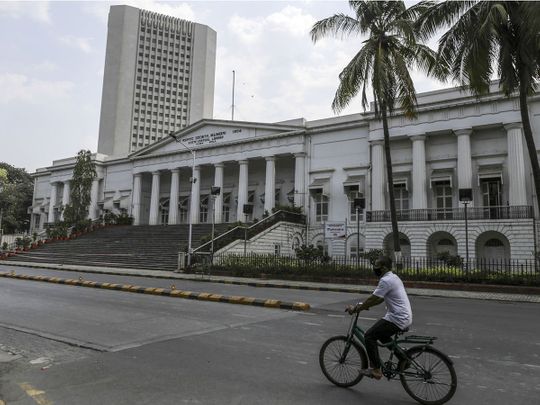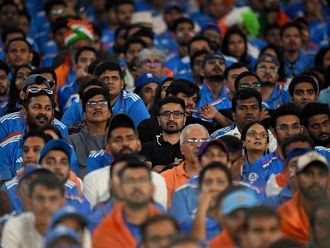
Indian Prime Minister Narendra Modi’s announcement to extend what is known as the biggest lockdown in the world till May 3 was widely expected. Shutting down of 736 districts and densely populated cities in a nation of 1.3 billion people is a gigantic task.
It is hard to keep people indoors in a country where roughly 20 per cent of population survives on daily earnings and must go out to feed their families. Still, the lockdown, first announced on March 25 days, has been largely peaceful and compliance has been satisfactory.
Extended lockdowns come with a set of complex challenges, especially in a country like India. A big problem right now is millions of migrant workers who are stranded in large cities and are desperate to return home.
The government issued detailed guidelines on what is allowed during the lockdown. Resumption of cargo movement through roads, rail and air is a welcome move
After almost three weeks, these migrant workers are jobless, moneyless and hungry. Just yesterday, a large crowd of migrant workers gathered at a railway station in Mumbai after a TV channel falsely reported that trains will resume services.
When they refused to disperse, police had to beat them with canes. Through video messages on social media, these migrants are appealing to leaders to let them go home.
In the coming days, the workers may be forced to violate lockdowns as desperation grows. Modi must find ways to ensure they get access to food and money till May 3.
Partial resumption of activities
The second big challenge is partial resumption of industrial and commercial activities in order to soften the blow of economic devastation predicted by global agencies.
Yesterday, the government issued detailed guidelines on what is allowed during the lockdown. Resumption of cargo movement through roads, rail and air is a welcome move.
So is lifting restrictions on e-commerce, IT hardware industry and farming sector. Allowing farmers to harvest and sow are critical to food availability in the coming months when the economy is expected to weaken.
Also, allowing food processing units to resume operations in rural areas will generate jobs and place money in the hands of poor.
The third and biggest challenge before the Modi government is to ensure that public health objectives of this lockdown are met and the coronavirus curve is flattened. So far, the results are mixed. While positive cases have remained low in comparison to US and Europe, the number is steadily growing.
Health experts have attributed India’s low numbers to the country’s limited ability to test. This extension is an opportunity to contain the virus and speed up testing and isolation.
For this to happen, the government must ensure that testing kits and PPEs are evenly distributed. Any territory or region left out will pose a threat in future even if the country manages to flatten the curve.







